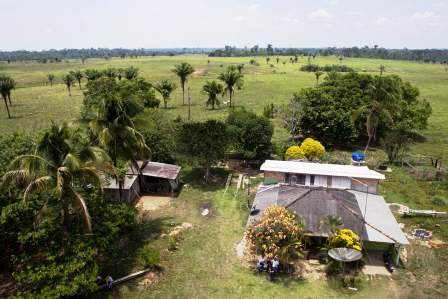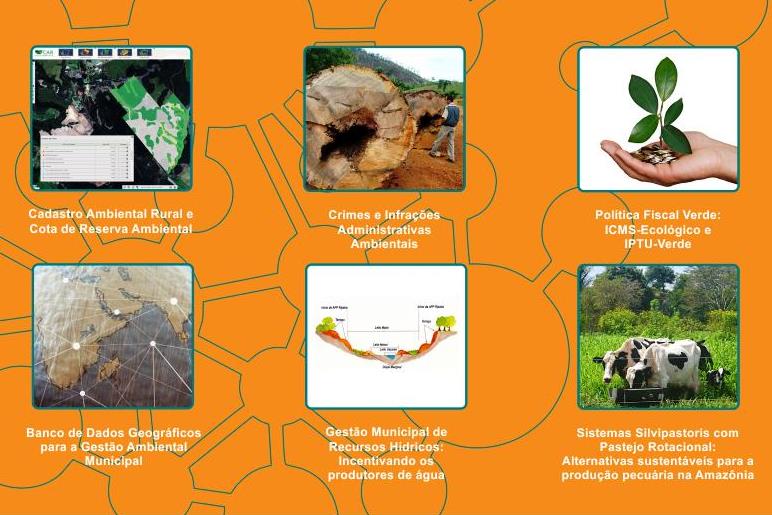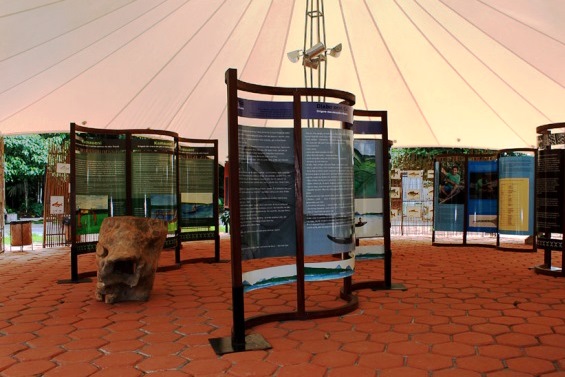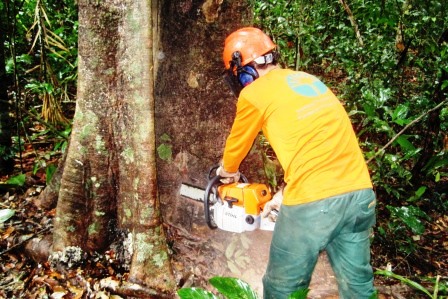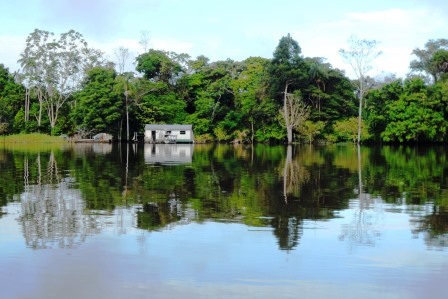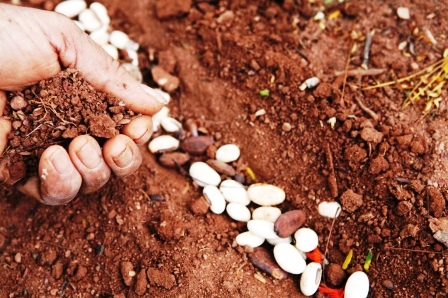CONTEXT
The creation and maintenance of protected areas contribute to the reduction in deforestation and to the climatic balance, among other benefits. However, these areas are facing difficulties related to their structuring, management and implementation of activities of agrarian regularization and promotion of sustainable productive activities. This situation aggravates social conflicts and the risk of deforestation and forest degradation in the protected areas of the Amazon, leaving not only the forest vulnerable, but also the biodiversity and the traditional peoples and communities living there.
This project resulted from the rapprochement between the Moore Foundation (Gordon and Betty Moore Foundation) and the BNDES/Amazon Fund, in order to create a structuring and coordinated activity to support the prevention, monitoring and combat against deforestation in the Brazilian Amazon. It has been stipulated that the Moore Foundation – the financial and technical partner of the project – will support its implementation with up to R$ 16,350,000.00.
PROJECT
The Lira Project aims to contribute to the increase in the level of consolidation and the effectiveness of management in protected areas of the Brazilian Amazon, through the public call of projects and complementary activities aimed at the conservation of natural resources.
The project's coverage area includes 59 protected areas that encompasses 29 indigenous lands (TIs), 13 federal conservation units (UCs) and 17 state conservation units, totaling an area of almost 58 million hectares.
The central axis is the release of public call for projects to support up to 12 projects, which must aim to promote the consolidation of protected areas in the Brazilian Amazon, with value range of at least R$ 1.5 million and R$ 6 million at most. Two projects will be selected in each one of the six regional blocks defined by the Ipê Institute, namely: Xingu, Calha Norte, Alto Rio Negro, Baixo Rio Negro, Madeira, and Rondônia.
The proposals of the public call will follow the “unifying-unified” model. In this model, the unifying entity – the proposing institution – coordinates an integrated arrangement of subprojects of other organizations, the unified entities, which will perform activities aimed at the objective of the notice.
Also, a support in the total amount of R$ 6 million has been stipulated (but it may not exceed the limit of R$ 150 thousand for each activity) to small subprojects that promote social participation in the management of the territory and that, consequently, expand job generation and income, improve the quality of life of the population and the territory with conservation of landscape, in addition to the activities to be contracted by the projects selected in the public call.
The Lira Project also includes qualification activities, through courses, technical visits and exchanges; integration activities and diffusion of knowledge and the development of a “Socioenvironmental Promotion Plan” (PPS) for each of the six blocks, which will identify the main opportunities and bottlenecks to the economic insertion of local populations in the regional economy. Finally, the adaptation of existing technological solutions will be supported for the use in biodiversity monitoring activities and territorial protection.
INTERVENTION LOGIC
The project is part of the "Sustainable production" (1), "Land-use planning " (3) and Science, innovation and economic instruments (4) components of the Logical Framework of the Amazon Fund.
The main activity of the project is to carry out a public call, to be held by the IPÊ Institute, in order to promote the consolidation of protected areas in the Brazilian Amazon. The public call process is complemented by interventions that shall strengthen the projects selected and the territories covered, with qualification of the target group involved, strategic activities and diffusion of knowledge. Therefore, from the implementation of planned activities, we expect the protected areas to be managed in an effective and consolidated way, reducing the internal pressures of deforestation, preserving biodiversity and its climate functions, as well as forming blocks in the landscape to deter the expansion of deforestation. Thus, the project will contribute to the “Sustainable Production” components (1) and “Territorial Planning” (3) of the Logical Framework of the Amazon Fund.
Regarding the component “Science, Innovation and Economic Instruments” (4), the project aims to establish partnerships with technological nuclei and/or universities to adapt and disseminate existing technological solutions in biodiversity monitoring activities and territorial protection, thus contributing to the monitoring and control of deforestation.
